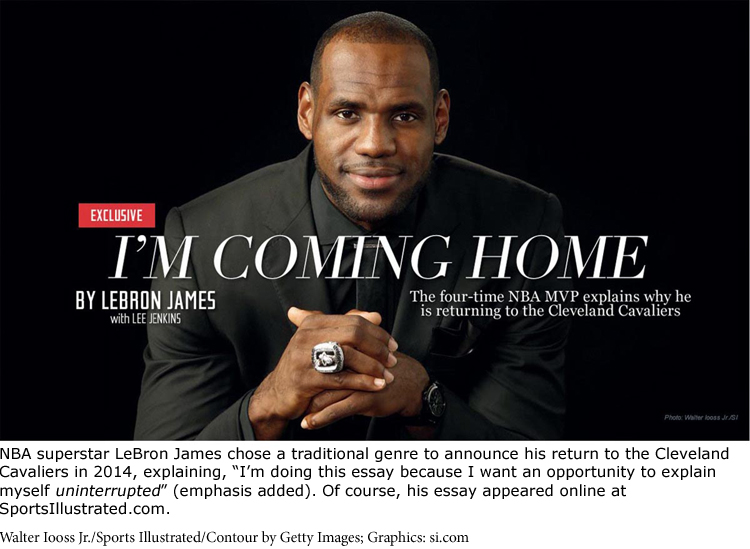Old Media Transformed by New Media
Old Media Transformed by New Media
Civic arguments and opinions used to be delivered orally, typically in speeches, debates, and dialogues and often at public forums. Later, especially after the development of printing, they arrived via paper, and then through other media such as film and over-the-air broadcasting. Some of these traditional channels of communication were actual physical objects distributed one by one: books, journals, newspapers, fliers, photographs. Other “old media” such as movies, TV news, or radio shows were more like performances that could not be distributed or shared readily, at least not until audio- and videotape became cheap. Yet these media were all-powerful, handy, and relatively inexpensive shapers of opinion: books and serious magazines appealed to readers accustomed to intellectual challenges; well-staffed newspapers provided professional (if sometimes sensational) coverage of local and world affairs; nightly, the three national TV networks reached large and relatively undistracted audiences, establishing some degree of cultural consensus.
At least that’s the romantic side of old media. We all recognize today the remarkable limitations of paper books and journals or celluloid film and print photographs. But we didn’t appreciate quite how clumsy, hard to locate, hard to distribute, hard to search, and hard to archive analog objects could be until they went digital.
Fortunately, to one degree or another, electronic media have made peace with all these genres and formats and transformed them — though almost always with some compromises. Books on e-readers have become like ancient scrolls again, handy for sequential reading, but not so great for moving back and forth or browsing. Magazine articles or newspaper editorials (when not blocked by paywalls) can be found instantly online (or in databases), complete with updates and corrections, links that help establish their context, and, usually, lots and lots of comments. The downside? Lots and lots of inane, offensive, and bitter comments. And of course films and music are now accessible everywhere. You can experience Lawrence of Arabia — with its awesome horizons and desert landscapes — on your iPhone while in line at McDonald’s. Or maybe you can’t.

363
The bigger point is that the serious, attentive, and carefully researched arguments that represent the best of old media are in no danger of disappearing. Books, research articles, and serious pieces of journalism are still being ground out — and read attentively — in the new media world because they play an essential role there. They provide the logos (see Chapter 4) for innumerable Web sites and Web 2.0 networks, the full-bodied arguments, research studies, and no-nonsense science propping up all those links in tighter, punchier new media features. They give clout and credibility to the quick blog post, the Facebook status, even the trending Twitter hashtag.